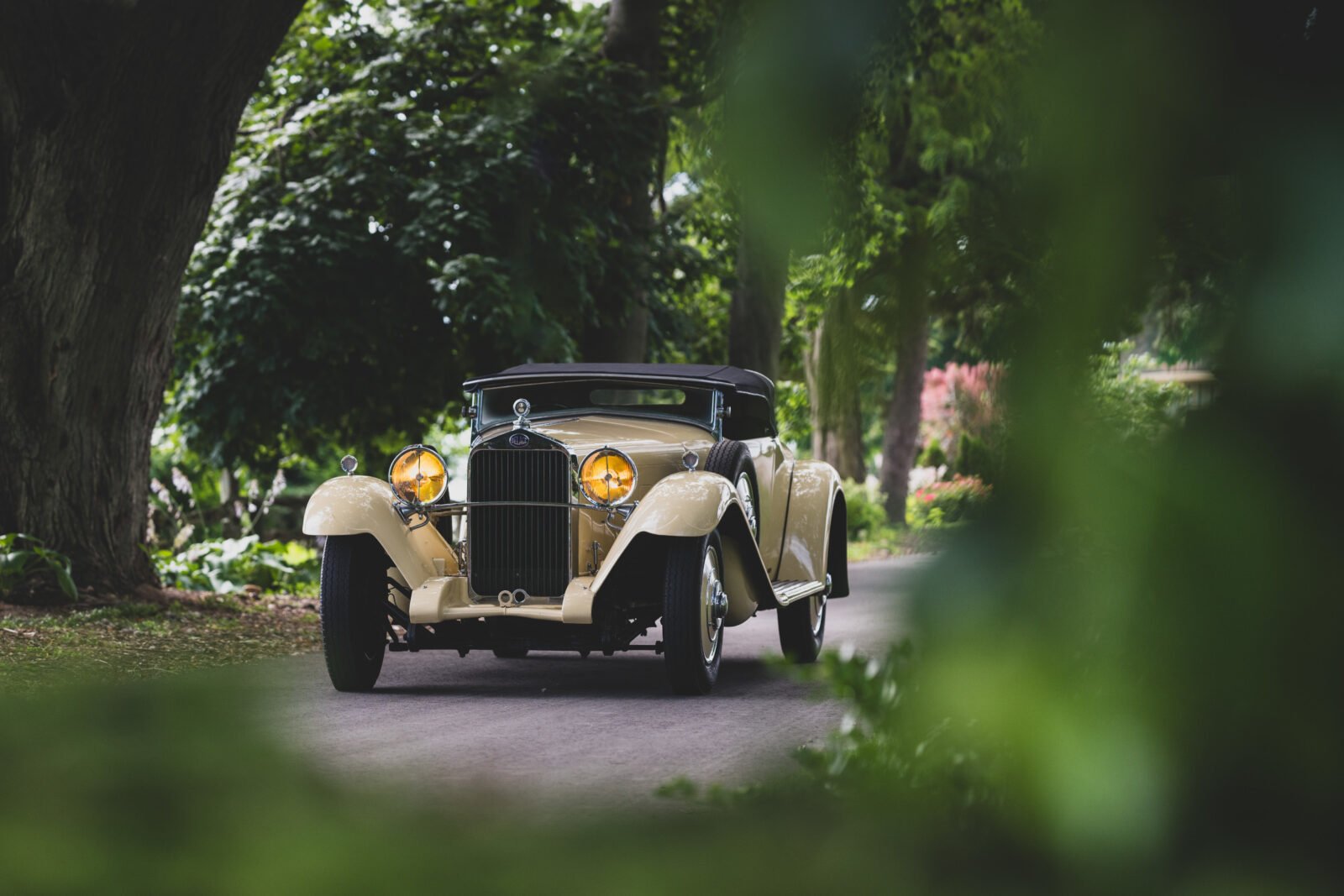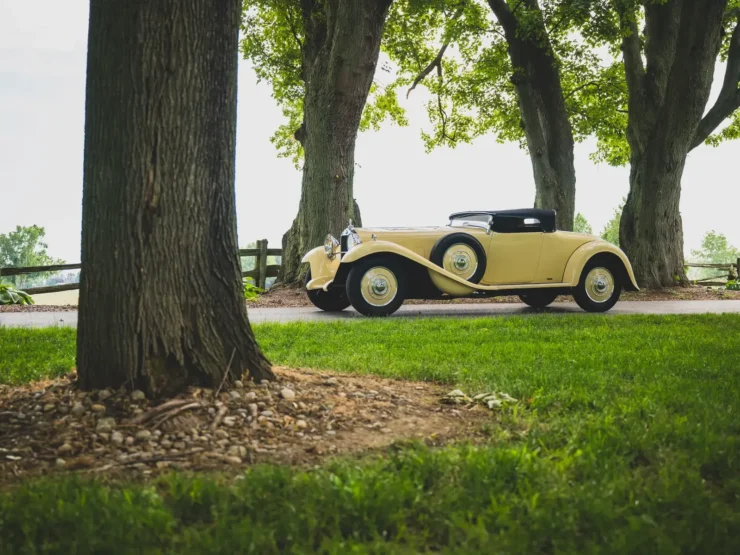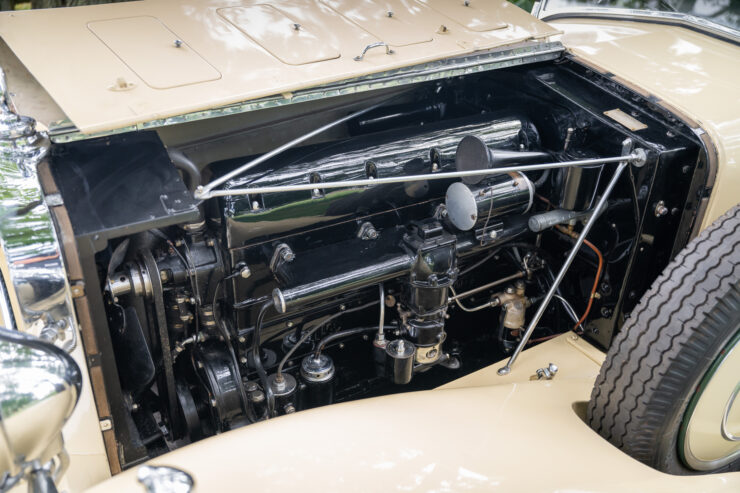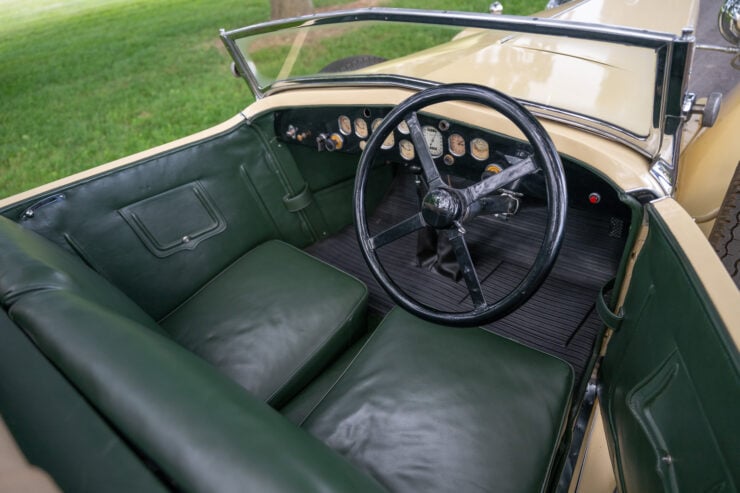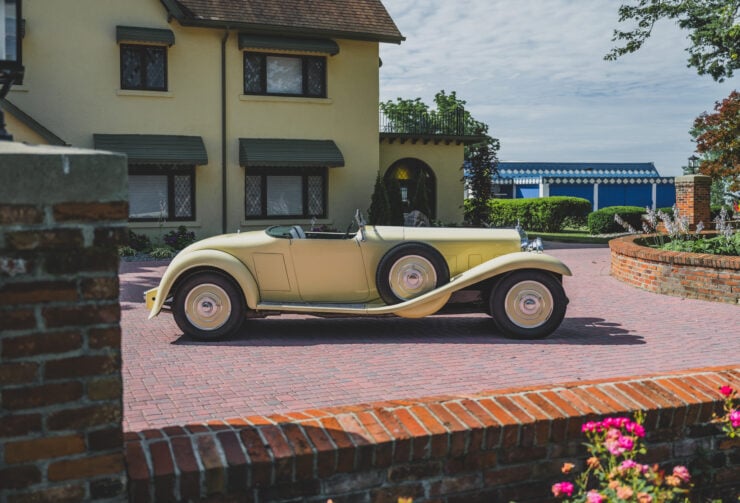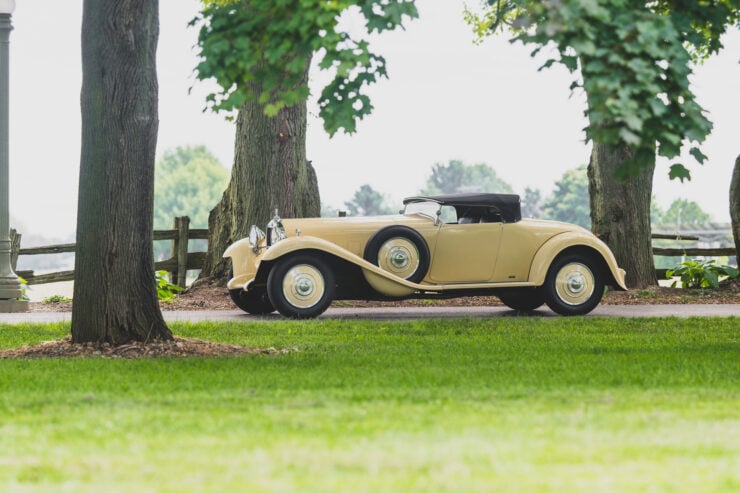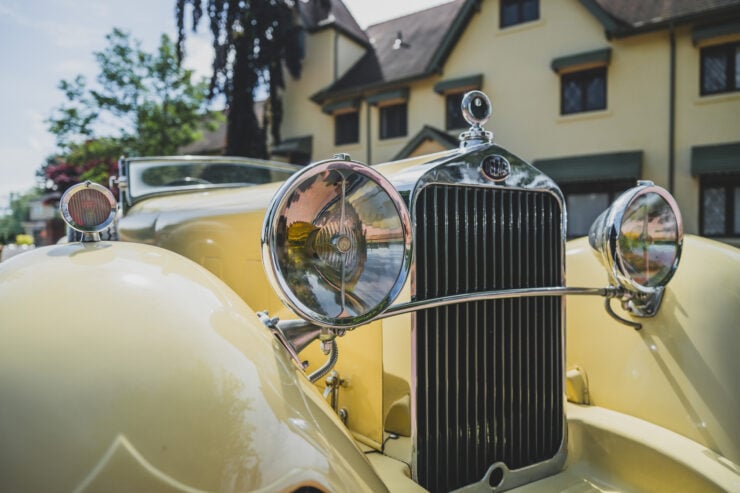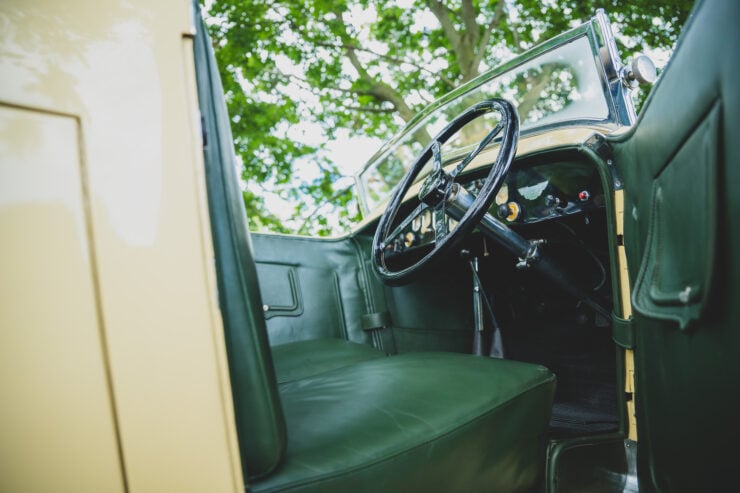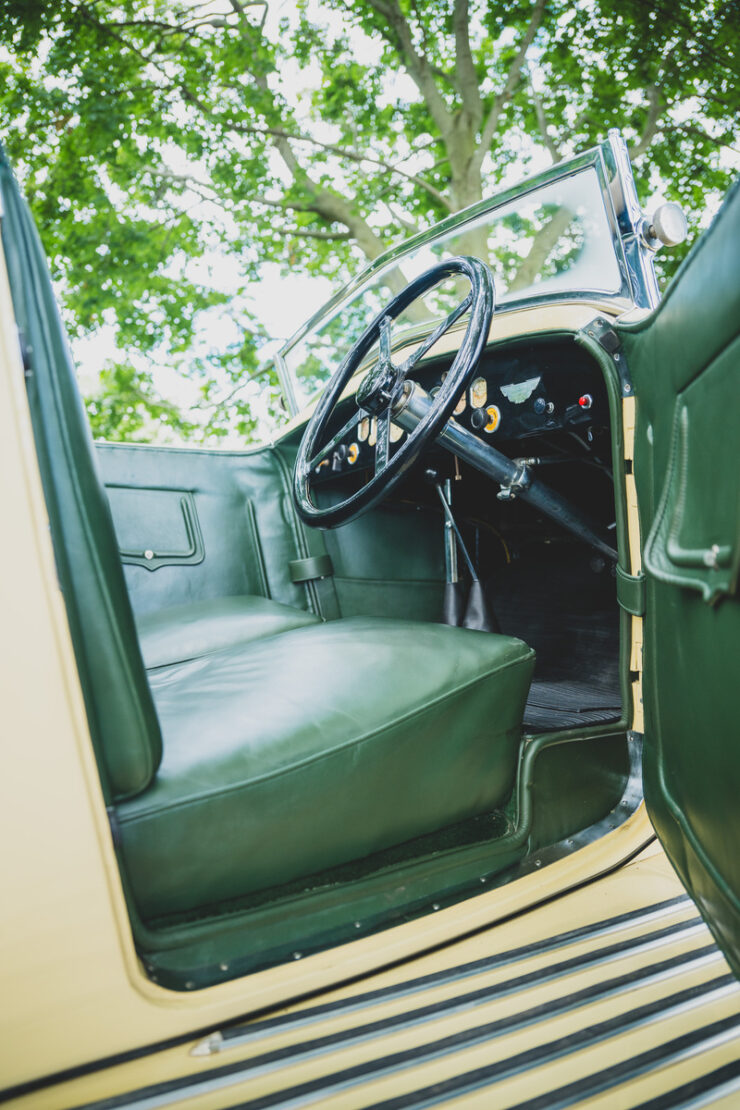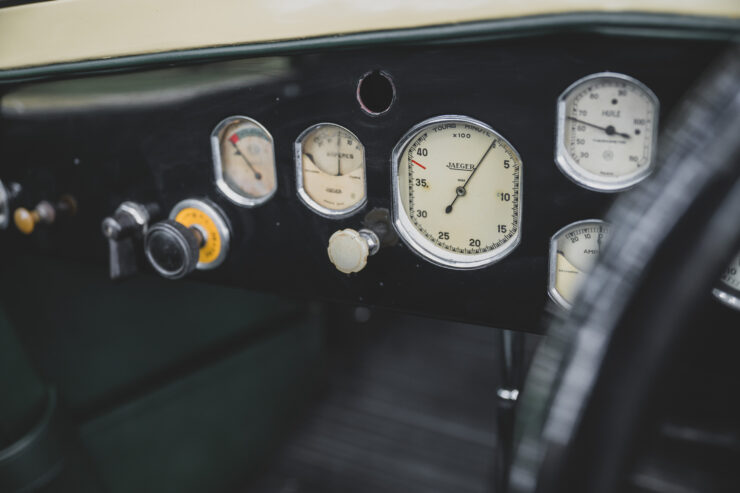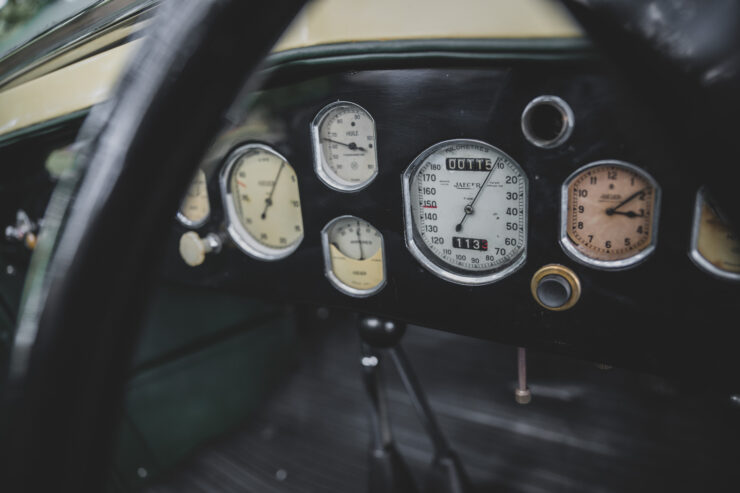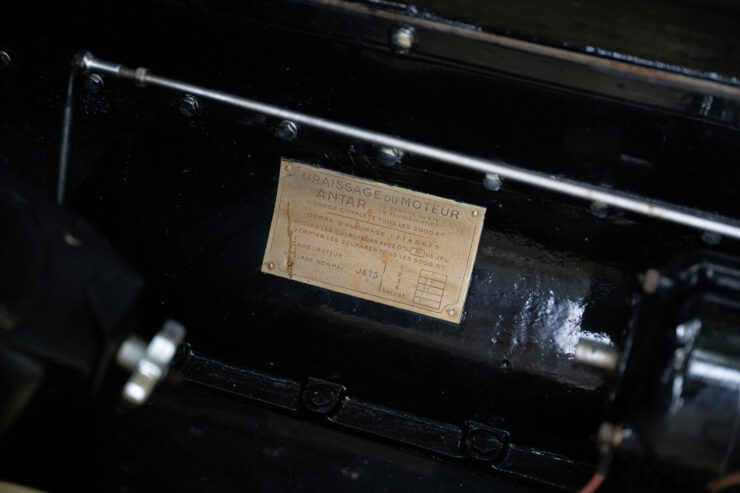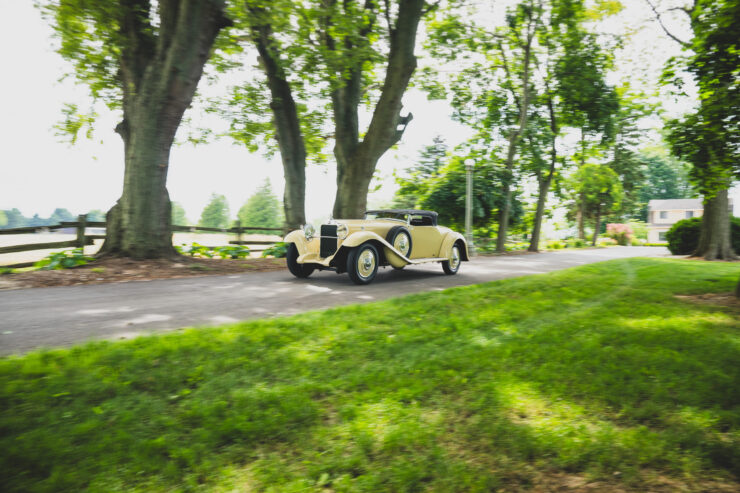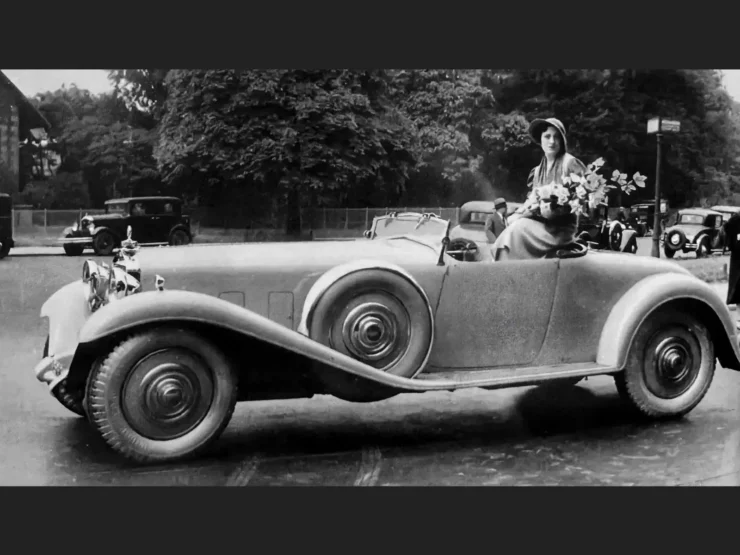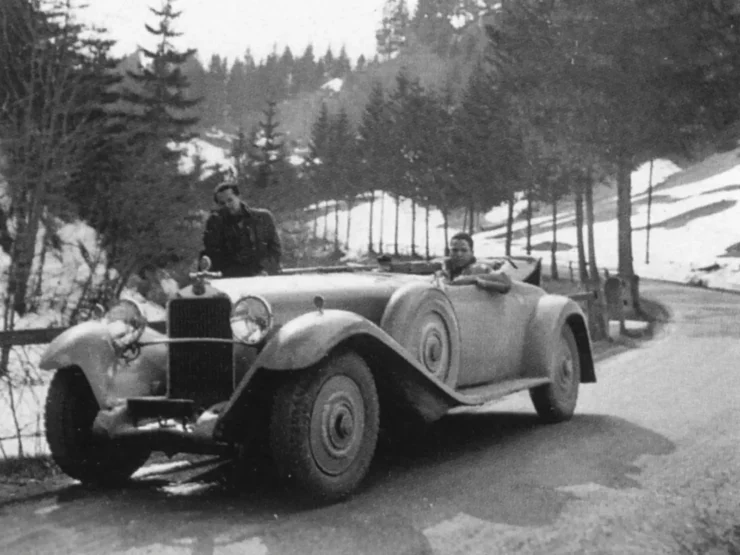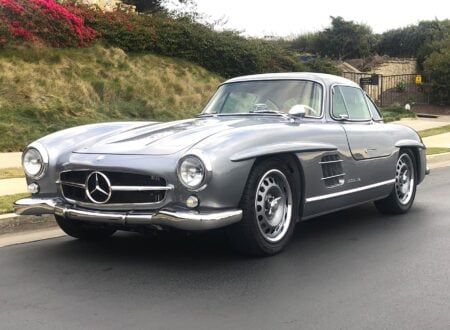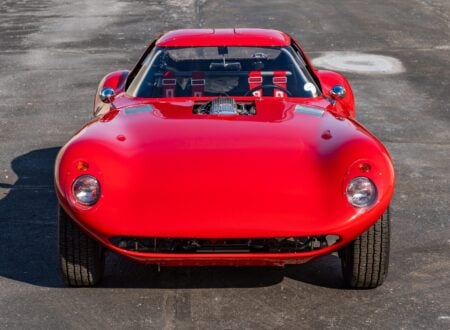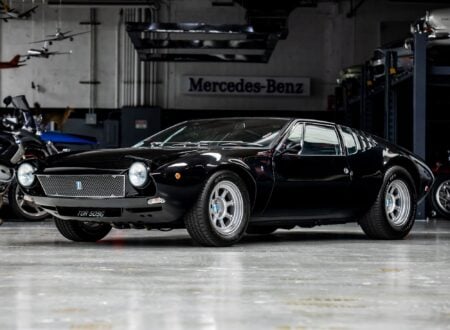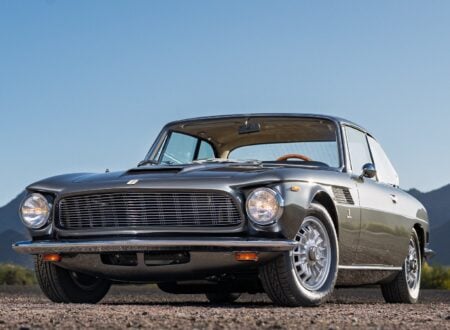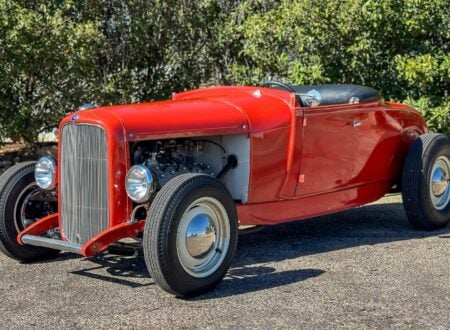The Delage D8 was one of the company’s most prestigious models. Powered by a 4,061cc OHC inline-eight cylinder engine the D8 was made in three chassis lengths, S (short and lowered), N (normal – standard), and L (long).
Delage had extensive experience in motorsport and one of their custom cars set a world land speed record in 1924: so the D8 benefited from that technological expertise.
Fast Facts – The Delage D8 S Roadster
- Delage was established in 1905 and grew to become one of France’s most respected makers of luxury cars during the golden age of the 1920’s and 1930’s.
- The Delage D8 was introduced in 1929, the same year as the Wall Street Crash occurred.
- The D8 was powered by a 4,061 cc OHC straight eight engine and was offered as a rolling chassis in three lengths “S” (short or sport), “N” (normal or standard) and L (long).
- The Delage D8 became the company’s most prestigious model.
- A Delage D8 S with custom bodywork by Carrosserie Pourtout is coming up for sale by RM Sotheby’s at their Monterey 2024 auction.
Delage: The Beginnings
Delage went from small beginnings back in 1905 to becoming one of France’s most desirable automobiles during the golden age of classic cars, the 1920’s-1930’s.
Motorsport played a vital role in the development of Delage, and in the establishment of their credibility. The company got involved in motorsport at the very beginnings and were competing with cars of their own making in 1906, the year after the company was founded.
Development at Delage was swift, its engineers were both innovative and practical, and it would be in the aftermath of the First World War that the company would move into the competitive arena of luxury cars with technologically increasingly advanced engines.
In 1922 Delage upgraded from their six cylinder sidevalve CO model to their new CO2 which was fitted with an OHV double spark plug six cylinder engine, and in the succeeding years produced models such as their DI of 1923 fitted with a 2,121 cc (129.4 cu in) OHV inline four cylinder engine with magneto ignition and thermosyphon cooling.
That year also saw the introduction of the large and impressively sophisticated GL model to replace the CO2 which featured a 5,344 cc (326.1 cu in) inline six cylinder engine with overhead camshaft.
The engine of the GL formed the foundation for the 1924 world speed record car driven by René Thomas. This world speed record car essentially took the six cylinder 5,344 cc (326.1 cu in) overhead camshaft of the GL and Siamesed two together to create a rather impressive 10,688 cc (652.2 cu in) DOHC V12 which proved to be able to make a top speed of 143.24 mph (230.52 km/h) at Arpajon.
Suffice to say René Thomas must have been a man with nerves of steel to pilot this roaring monster down the road at that Jaguar XKE road speed, and that ten litre V12 must have sounded magnificent as it howled down the track.
In fact I suspect that René Thomas would certainly not have needed an in-car stereo blasting out Wagner’s “Flight of the Valkyries” to make the drive any more exciting – car stereos had not been invented yet – and nothing could have been more adrenaline pumping than the speed, power, and utterly gorgeous noise that machine pumped out.
That GL block design would feature again in 1925 in a 5,954 cc (363.3 cu in) DOHC inline six in a Delage that broke the Mont Ventoux course record in its first outing.
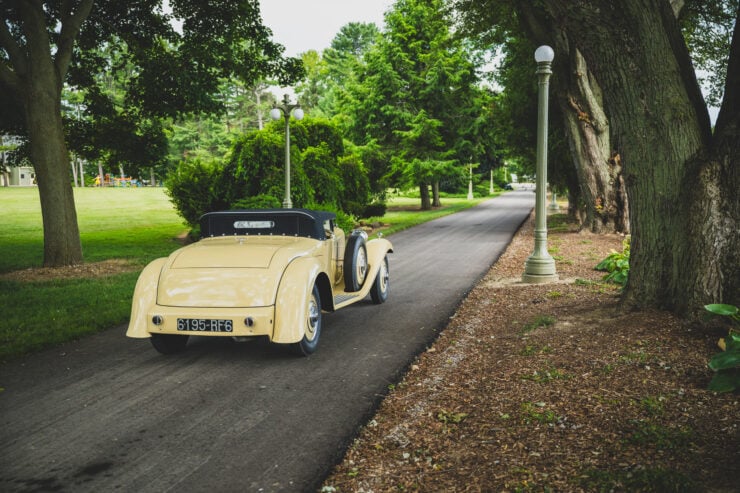 This Delage D8 S with coachwork by Carrosserie Pourtout has a low roofline giving it an aggressive yet graceful appearance.
This Delage D8 S with coachwork by Carrosserie Pourtout has a low roofline giving it an aggressive yet graceful appearance.In 1929, building on the technology they had developed in their racing and speed record cars, Delage created their arguably most impressive car, the D8, fitted with an OHC straight eight engine of 4,061 cc capacity producing 102 hp (76 kW) at 3,500 rpm for the “D8 Normale” and 120 hp (89 kW) in the “D8 S” shortened sports version.
The following year the D8 model was supplemented by the introduction of the D6, which was powered by an inline six cylinder engine of 3,045 cc, and which would become a popular model: the D8 however would prove to be their most prestigious model.
The Delage D8 was introduced in the wake of the Wall Street Crash at the beginning of what was to become the Great Depression. Nonetheless the D8 managed to claw out sales despite the fact that it was in direct competition with France’s best, car makers such as Bugatti and Avions Voisin. The car featured four wheel drum brakes, a four speed manual gearbox with synchromesh on the top two gears, and a 1930’s conventional suspension comprising beam axles front and rear with leaf springs and friction dampers.
The D8 was offered in three chassis lengths, each providing for a car of quite different characteristics. The “S” or “C” at 130 in. (3,300 mm), “N” at 140 in. (3,600 mm), and “L” at 143 in. (3,600 mm). So these can be thought of as “Sport”, “Normal”, and “Long”. (The “S” actually stood for “Surbaisse” which translates as lowered.)
The D8 S engine was made for sporting use and was subject to modifications to suit it to being driven hard but remaining reliable. Among those modifications was the fitting of shorter valve springs to mitigate against breakage when being run persistently at high revolutions, and an aviation inspired system that routed warm engine oil to warm the intake system to ensure against icing.
Delage made racing aircraft engines such as their Delage 12 CEDirs which was an inverted sixty degree V12 fitted with twin Roots superchargers.
Delage did not make the coachwork for their cars but, as was typical for the time, provided the rolling chassis which would be sent to the coachbuilder of the customer’s choice for his/her bespoke bodywork to be created on it: and among those fashionable custom body makers was Carrosserie Pourtout.
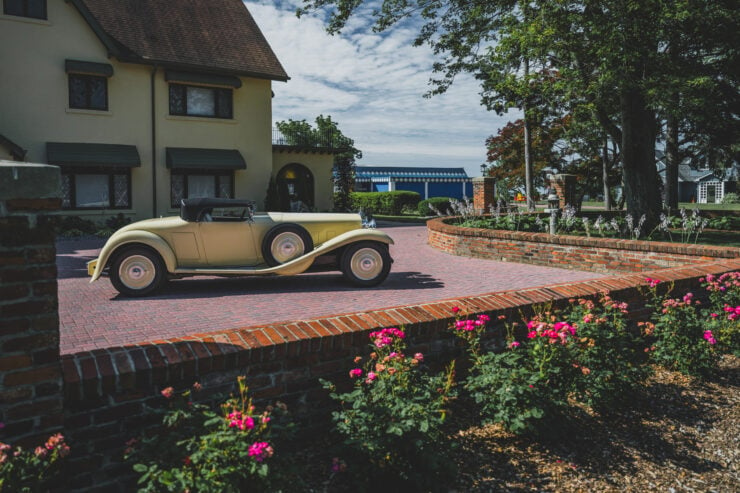 This Delage D8 S has an appearance that is so dramatic that it would be completely at home in a “Hergé’s Adventures of Tintin” story.
This Delage D8 S has an appearance that is so dramatic that it would be completely at home in a “Hergé’s Adventures of Tintin” story.Delage D8 S Roadster by Pourtout For Sale
Delage D8 S chassis number 36009 was originally purchased by dealer H. de Corvaia, on rue Roger-Bacon in the 17th arrondissement, not far from the Arc de Triomphe in Paris, and placed with Carrosserie Pourtout for fitting of custom bodywork.
This car is listed in Carrosserie Pourtout’s records under commission number 964, and the completed car was delivered in March 1932.
The style of the coachwork can best be described as gracefully aggressive. the windscreen height is just five inches above the hood/bonnet line giving the car a bit of a “Chicago Gangster” look.
That low windscreen then results in the hood being quite low, shades of the American hot rod fashion for “chop tops” back in the hot rod era.
That aggressive look manages to incorporate a gracefulness and dignity to the car, and makes it a stand out head turner, guaranteed to gather classic car enthusiasts around it like seagulls around a french fry.
Chassis number 36009 was first purchased by a French actor who had it registered 6195 RF6. The car was sold in 1936 to a young engineer of the Haute Garonne named Gaston Forgues, who managed to discretely hide the car during the Second World War and thus enabled it to escape in good condition.
In 1946 the car was back on the road with the same registration number but registered to Gaston Forgues’s business la Compagnie des Etudes et Réalisations Industrielles, or C.E.R.I.
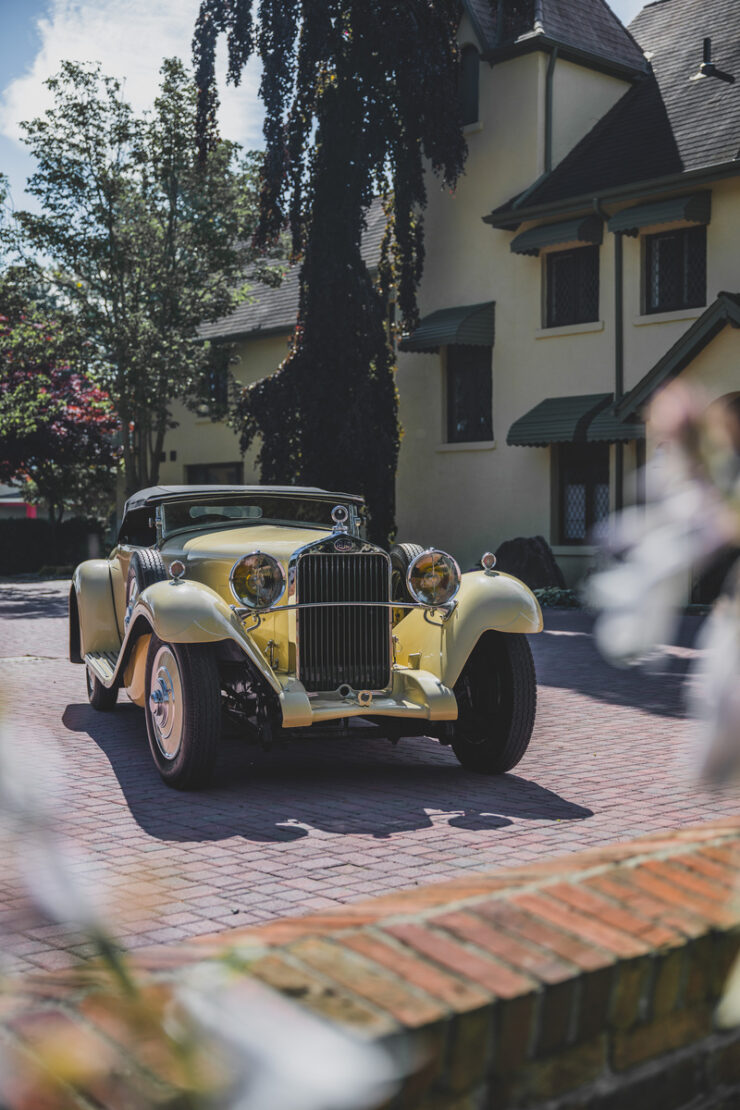 This car has a commanding presence about it. It is an iconic Partout creation.
This car has a commanding presence about it. It is an iconic Partout creation.In 1950 the car was re-registered to C.E.R.I. as 9087 Q 75, and was put away in storage where it slumbered for almost three decades.
in 1980 Gérard Forgue, Gaston Forgue’s son, commissioned a full restoration of the car with the mechanical and bodywork being done by a craftsman from Gers, Mr. Vernhès, and the upholstery by Oppenot. The car was reputedly finished in its original color.
When this work was completed in 1990 the car was given the collector registration 598 HWM 75, and put on display at the Centre National de l’Automobile à Pantin. In 1995 the car was sold to a collector and was seldom shown.
This car is now coming up for sale by RM Sotheby’s at their Monterey 2024 sale, to be held between August 15-17, 2024. You can find the sale page for this car with further details here.
Picture Credits: All pictures Darin Schnabel ©2024 Courtesy of RM Sotheby’s

